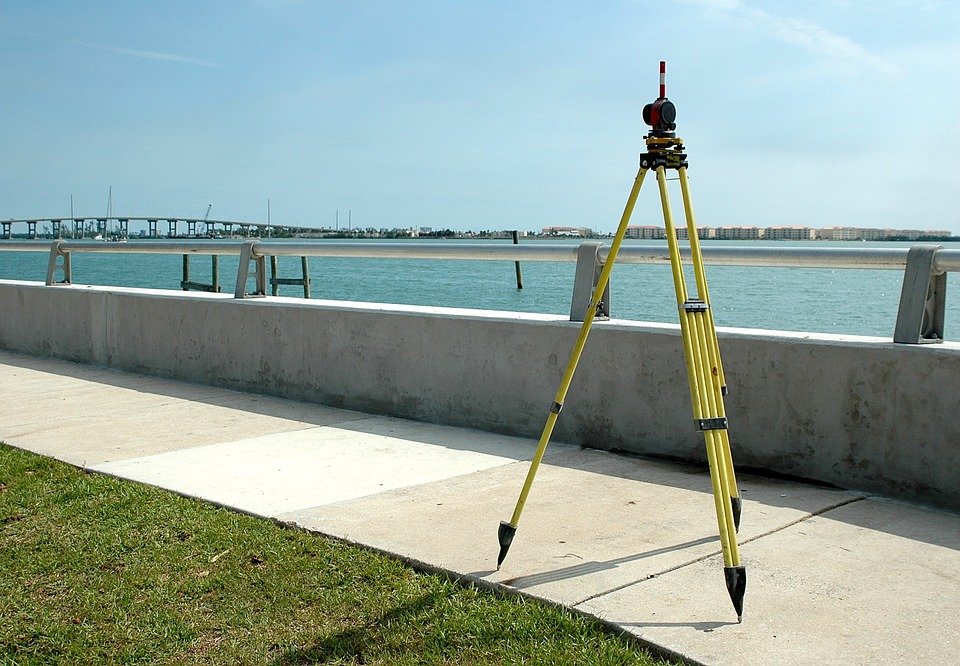[ad_1]
Understanding the Basics of Aerial Photography
Aerial photography is a type of photography that is taken from the air. It can be done with a variety of aircraft, including helicopters, planes, drones, and even balloons. Aerial photography gives us a unique perspective on the world, allowing us to capture landscapes, events, and other features from angles not possible from the ground. In this article, we’ll discuss the basics of aerial photography and how you can use it to capture amazing photos.
Equipment You’ll Need
The equipment you’ll need for aerial photography depends on the type of aircraft you’re using. If you’re using a helicopter or plane, you’ll need a gyro-stabilized or gimbal-mounted camera system. These systems are designed to reduce vibration and keep the camera lens level while in flight. You’ll also need a wide-angle lens, generally between 10-20mm.
If you’re using a drone, you’ll need a drone that is capable of carrying a camera, as well as a camera that is compatible with the drone. You’ll also need a high-quality, wide-angle lens.
Safety and Regulations
Safety is a major consideration when it comes to aerial photography. Depending on the type of aircraft you’re using, there may be laws and regulations that you’ll need to follow. For example, drones are regulated by the Federal Aviation Administration in the United States. Before you fly a drone, it’s important to make sure that you understand the local laws and regulations.
It’s also important to be aware of your surroundings when shooting. If you’re shooting over populated areas, you’ll need to be aware of other aircraft and people on the ground. You should also be aware of any power lines or other obstacles that could interfere with your flight.
Camera Settings and Techniques
When it comes to aerial photography, it’s important to get the right camera settings. Exposure is one of the most important settings, as it will determine how bright or dark your photos turn out. You’ll also want to adjust your shutter speed, ISO, and aperture settings to get the look you want.
When it comes to techniques, you’ll want to make sure that you get the best angle for your shot. You can use a range of angles, including high and low angles, to get the best result. It’s also important to be aware of the wind and other weather conditions, as these can affect the stability of your aircraft.
Editing and Post-Processing
Once you’ve taken your photos, you’ll need to edit and post-process them. This can be done using a variety of software packages, such as Adobe Lightroom and Photoshop. With these programs, you can adjust the exposure, color, contrast, and other settings to get the look you want. You can also use software to stitch together multiple images to create a panoramic view.
Conclusion
Aerial photography can be a great way to capture stunning views and create unique memories. By understanding the basics of aerial photography, you can take amazing photos with a variety of aircraft. Just be sure to follow safety guidelines and regulations, and you’ll be ready to start capturing the world from the sky.
[ad_2]









